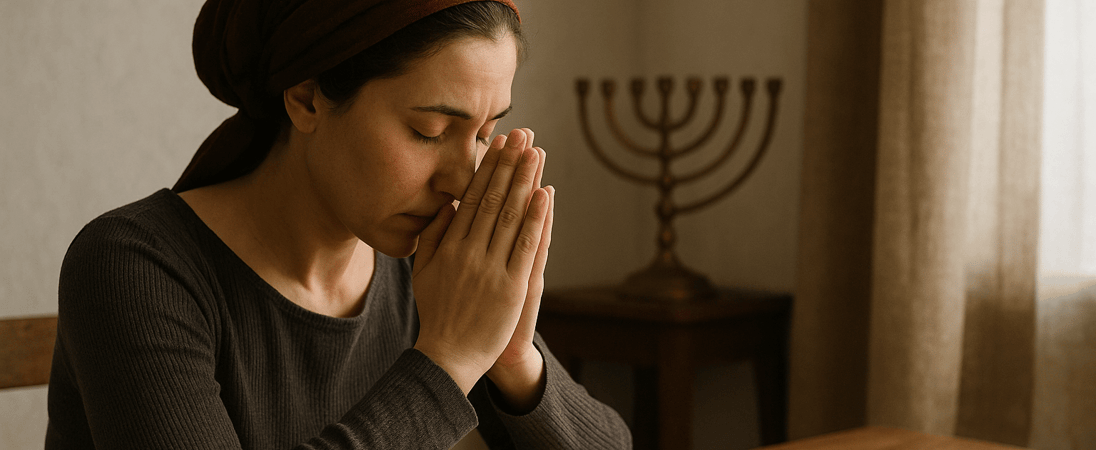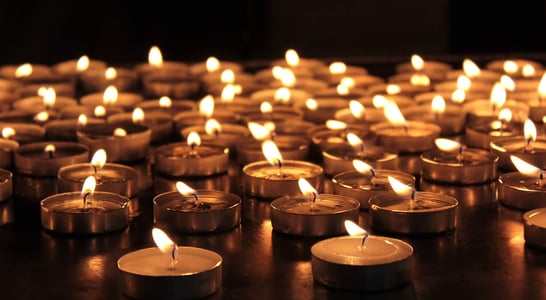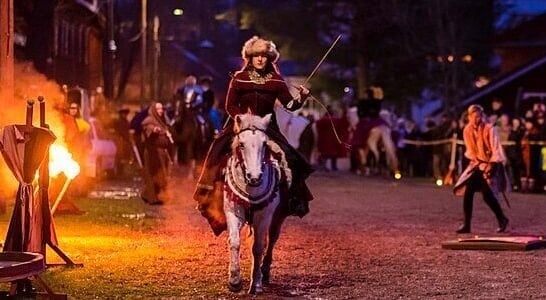
Esther Fast
Esther Fast is a special day in the Jewish faith. It remembers when Queen Esther called on her people to fast and pray before she risked her life to speak to the king.
They didn’t turn to weapons or arguments. They turned to God. Through fasting, they opened their hearts, placed their trust in Him, and asked for mercy and guidance.
This day carries a clear purpose. It teaches that true strength begins with faith. The fast isn’t just about skipping food—it’s about humbling the body to lift the soul.
It’s a time to return to God with sincerity, just as Esther and her people did. Their prayers weren’t loud, but they were heard.
That moment still calls people today to seek God first, especially when the path ahead feels uncertain.
How to Celebrate Esther Fast
Here are some fresh and respectful ideas for observing the Esther Fast. Each suggestion keeps things grounded, clear, and faith-focused:
Quiet Prayer Session
Set aside a short period during the day to pray with intention. Speak directly to God. Ask for clarity and courage. This simple moment can carry deep meaning.
Read Tehillim Together
Gather a few verses from Psalms, like chapter 22. Let each person take turns reading quietly. Those words carry hope and bring comfort during fasting.
Attend or Join Services
Participate in local morning or afternoon prayers if possible. Follow the special liturgy, including Selichot and adding Aneinu in the Amidah.
Give a Small Gift to the Needy
Before dusk, offer a token of charity. Let it honor the half‑shekel tradition linked to the Fast. This simple act unites fasting with giving.
Reflect in Silence Alone
Find a quiet spot at home. Sit in stillness. Think about Esther’s faith and bravery. Let that silent moment strengthen your inner resolve.
History of Esther Fast
The Esther Fast began with a moment of fear and faith. Queen Esther, living in ancient Persia, learned of a plan to destroy her people.
She didn’t act alone. Instead, she asked the Jewish community to stop eating and pray with her.
That fast lasted three days. It gave her the strength to approach the king and plead for their lives.
The fast mentioned in the Book of Esther took place during the month of Nisan, just before Passover. Because fasting isn’t allowed during that holiday, later leaders moved it to a different date.
They chose the day before Purim, which marks the Jews’ survival in the story.
Jewish communities didn’t always keep this fast from the start. Writings from around the 8th or 9th century mention it as a growing tradition.
Religious leaders helped it spread. Over time, it became part of the yearly calendar.
Esther herself started the original fast. She led with quiet strength and trust in God. The official day, though, came much later.
It became a way to remember that courage often begins with faith, prayer, and unity.
Also on ...
View all holidaysDr. Seuss Day
Celebrate a beloved author's whimsical tales, dive into colorful worlds of rhyme and imagination, and embrace the joy of reading.
National Egg McMuffin Day
Mornings are better with a certain golden arches menu item — the perfect breakfast sandwich that's crispy, juicy and easy to make at home.
World Tennis Day
Engaging in dynamic rallies, the court echoes with swift movements, strategic plays, and the exhilarating pursuit of victory.
We think you may also like...
Candlemas Day
It's a day to celebrate light and hope, with origins tracing back to ancient times. Get ready to light some candles!








